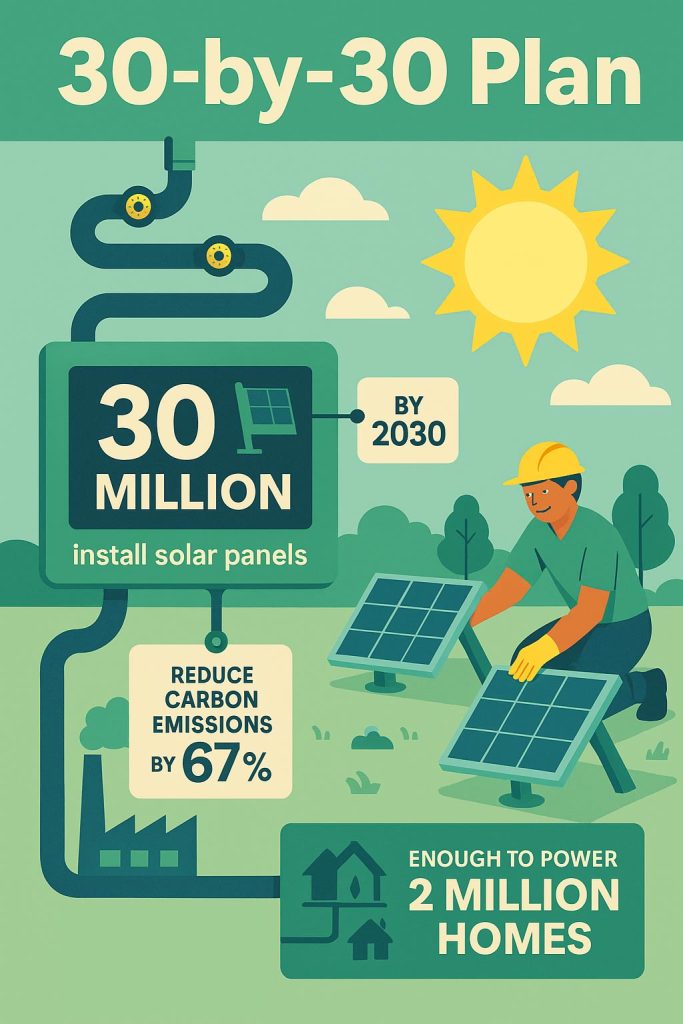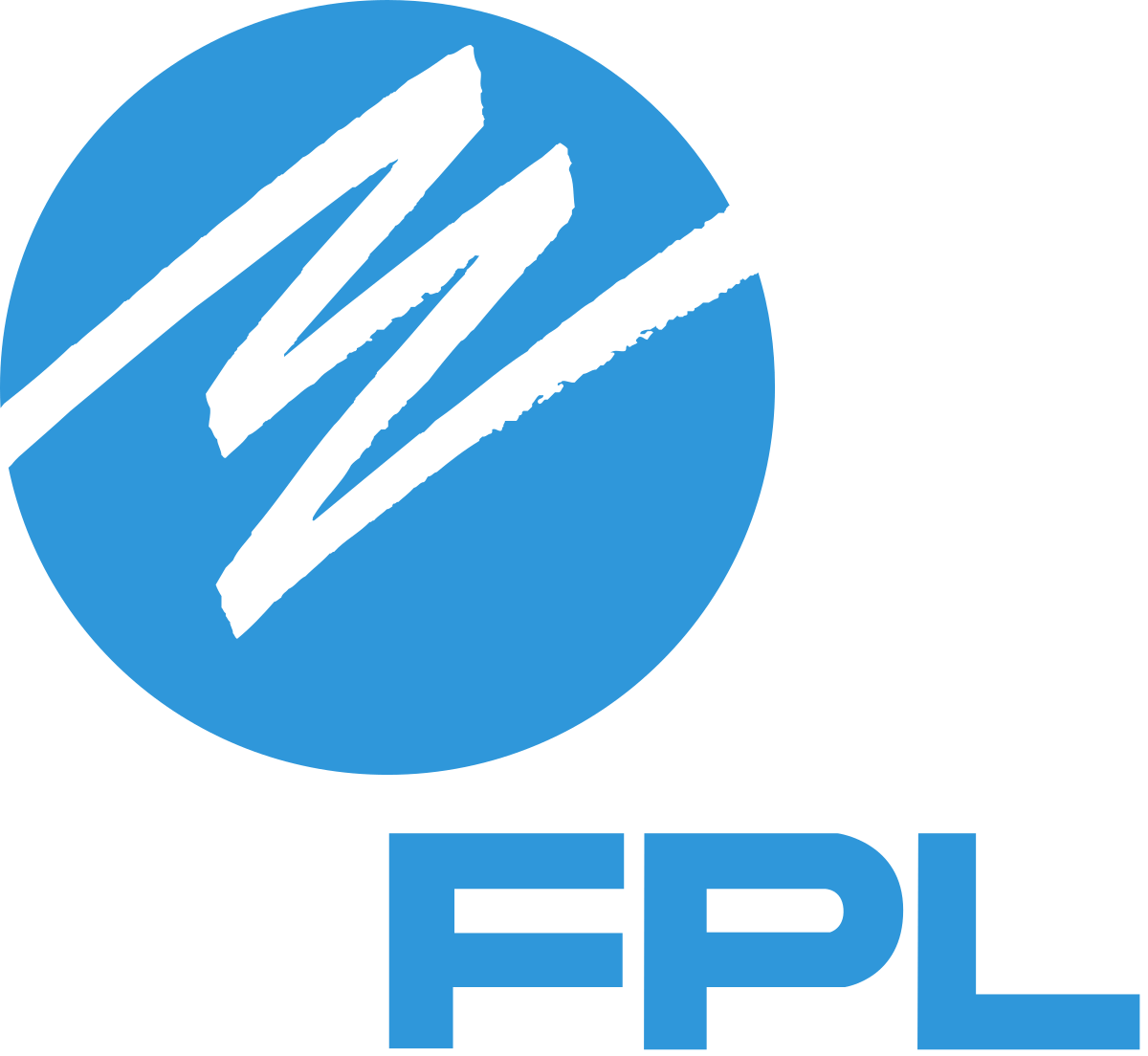About Florida Power & Light
FPL isn’t just any utility, established in 1925, it’s the largest electric utility in the U.S., powering homes and businesses with a focus on reliability and innovation. Headquartered in Juno Beach, FPL serves over 6 million customer accounts, providing electricity to approximately 12 million people across 43 counties around the state. They’ve won awards for keeping outages low (59% fewer interruptions than the national average!) and restoring power quickly after Florida’s infamous storms. Their secret? Smart grid tech that prevented 2.7 million outages in 2024 alone, including during hurricanes.
But it’s not all sunshine: FPL recently requested a major rate increase (the largest in U.S. history, per critics), sparking pushback from groups like AARP.
- Calculate Your Moving Costs
- Compare Moving Companies
- Get Multiple Quotes
- Move with Confidence
FPL Coverage Areas
FPL’s service territory spans much of Florida, including major cities such as Miami, Fort Lauderdale, West Palm Beach, St. Petersburg, Fort Myers, Naples, Daytona Beach, Gainesville, and some areas surrounding Orlando. The company’s reach extends from the Panhandle to the Keys, ensuring a broad customer base across urban and rural areas.
FPL Energy Sources
FPL utilizes a diverse mix of energy sources including natural gas, nuclear, and solar to ensure reliable electricity. FPL’s long-term vision focuses on reducing fuel costs (saving customers $16 billion to date) and adding more renewables. Here’s a quick overview of where your electricity comes from with FPL:
- Natural Gas: The primary source, accounting for around 73% of FPL’s energy mix.
- Nuclear: FPL operates nuclear plants like Turkey Point and St. Lucie, providing clean and reliable power.
- Solar: With Florida’s abundant sunshine, FPL has invested heavily in solar energy, operating numerous solar energy centers across the state. They also offer programs like SolarTogether®, letting you support solar without rooftop panels
FPL’s Clean Energy Initiatives
FPL is committed to a sustainable energy future through several initiatives with an ambitious goal of eliminating carbon emissions by 2045. Here’s a look at just a few of FPL’s current plans:
- 30-by-30 Plan: Aiming to install over 30 million solar panels by 2030, adding more than 11,000 megawatts of solar capacity.
- Real Zero Goal: FPL’s parent company, NextEra Energy, has set an ambitious target to eliminate carbon emissions by no later than 2045.
- Battery Storage: Integrating battery storage solutions to enhance grid reliability and store solar energy for use during peak demand.

FPL’s 30-by-30 Plan
Florida Power & Light’s (FPL) “30-by-30” plan is a landmark initiative aimed at transforming Florida into a global leader in solar energy. Announced in 2019, the plan commits to installing over 30 million solar panels by 2030, adding approximately 11,700 megawatts (MW) of solar capacity, enough to power more than 2 million homes.
Key Highlights of the 30-by-30 Plan
- Accelerated Progress: By early 2022, FPL had installed over 12 million solar panels, marking significant progress toward its goal.
- Economic Benefits: The solar expansion is projected to save customers approximately $421 million over the lifetime of the assets.
- Environmental Impact: The initiative is expected to reduce carbon emissions by 67% compared to the national average by 2030.
- Integration with Battery Storage: FPL is complementing its solar growth with investments in battery storage technology, including the development of the Manatee Energy Storage Center, one of the world’s largest solar-powered battery systems.
This ambitious plan not only underscores FPL’s commitment to clean energy but also positions Florida at the forefront of renewable energy innovation. By leveraging the state’s abundant sunshine, FPL aims to provide customers with cleaner, more affordable, and reliable energy solutions.
Outage Information
Checking for Outages:
FPL’s Power Tracker is an interactive online map that provides real-time outage and restoration information. Customers can enter their address, city, or ZIP code to view specific outage details. You can also track outages and restoration progress in the FPL App.
Reporting an Outage:
FPL makes it quick and easy to report an outage online, through their app, or with a quick phone call.
- Online: Report outages through FPL’s online portal.
- Mobile App: Report outages right from the FPL app.
- Phone: Call 1-800-4OUTAGE (1-800-468-8243) to report outages or power issues.
FPL Mobile App
The free FPL Mobile App, available in the Apple App Store and through Google Play, offers a convenient way to manage your energy usage:
- Energy Management: Track daily, weekly, and monthly energy use to identify savings opportunities.
- Projected Bill: View estimated bills before they’re due to manage expenses effectively.
- Outage Reporting: Report outages and receive updates directly through the app.
- Secure Access: Use fingerprint authentication for instant, secure account access.
- Payments: Securely pay bills or enroll in AutoPay.
Rebates, Discounts, and Incentives from FPL
FPL offers various programs to help customers save through weatherization efforts to increase the efficiency of your home, upgrading to a more efficient A/C system, and more. Here’s a few ways you can save:
- Ceiling Insulation Rebate: Save up to $1,420 with FPL rebates and federal tax credits when upgrading ceiling insulation.
- A/C Rebates: Qualify for federal tax credits up to $2,000 for heat pumps and $600 for straight cool systems when upgrading your A/C unit.
- EV Love: FPL EVolution® offers home chargers (with install!) + unlimited off-peak charging.
- BuildSmart® Program: Energy-efficient new home certification program to help save energy and money.
- Surge Protection: Coverage for electronics (hello, Florida storms!) for peace of mind.
- Business Incentives: Rebates for businesses upgrading HVAC systems, lighting, and more.
Community and Environmental Efforts
FPL actively engages in environmental conservation:
- Wildlife Protection: Programs to protect endangered species like manatees and sea turtles near power facilities.
- Solar for Schools: Initiatives to install solar arrays at educational institutions, promoting renewable energy awareness.
The 2025 Rate Increase Debate
In February 2025, FPL proposed a four-year rate hike, dubbed the largest in U.S. history by critics. Here’s what’s sparking conversation:
- Bill Impacts: By 2029, average monthly increases could reach $17.85 for Peninsular Florida users.
- Minimum Bill Hike: Up 20% (25→25→30/month).
- ROE Request: FPL seeks an 11.9% profit margin (vs. 9.5% national avg).
- Opposition: Groups like AARP and Food & Water Watch argue this hurts fixed-income households. Public hearings are ongoing.
Table: Proposed Monthly Residential Rate Increases (1,000 kWh Monthly Usage)
| Region | 2026 | 2027 | 2028 | 2029 | Total Increase by 2029 |
|---|---|---|---|---|---|
| Peninsular Florida | +$8.23 | +$5.92 | +$1.64 | +$2.06 | +$17.85 |
| Northwest Florida | +$3.50 | +$1.19 | +$8.39 | N/A | +$13.08 |
FPL notes bills would still be below the national average and emphasizes grid investments.
Why Choose FPL?
FPL shines for its tech-forward reliability, solar investments, and user-friendly tools like the app and outage tracker. If you value stability during storms and clean energy growth, they’re a solid pick.
Final things to consider:
- Award-winning reliability, solar programs, strong app, EV incentives.
- Potential rate hikes and fossil-fuel reliance (73% gas).
Switching energy providers is a big deal! FPL offers cutting-edge service in a state where AC isn’t optional. Their app, outage response, and rebates make life easier, while their solar push aligns with a greener future. Just stay informed about rate changes, your voice matters in shaping Florida’s energy landscape!
FAQs About Florida Power & Light
Who is Florida Power & Light (FPL)?
Is FPL a monopoly? Can I choose another provider?
Why is FPL requesting a rate increase?
Does FPL offer budget billing?
How long do outages usually last?
Does FPL offer solar power options?
– SolarTogether®: Support solar farms without rooftop panels.
– Net Metering: Get credits for excess solar energy you send back to the grid.
– Solar Rebates: Incentives for installing home solar panels.
Are there discounts for low-income customers?
Does FPL offer EV charging incentives?
– $250–500 rebates for home charger installation.
– Unlimited off-peak charging for a flat monthly fee.
About the Author
David has been an integral part of some of the biggest utility sites on the internet, including InMyArea.com, HighSpeedInternet.com, BroadbandNow.com, and U.S. News. He brings over 15 years of experience writing about, compiling and analyzing utility data.


